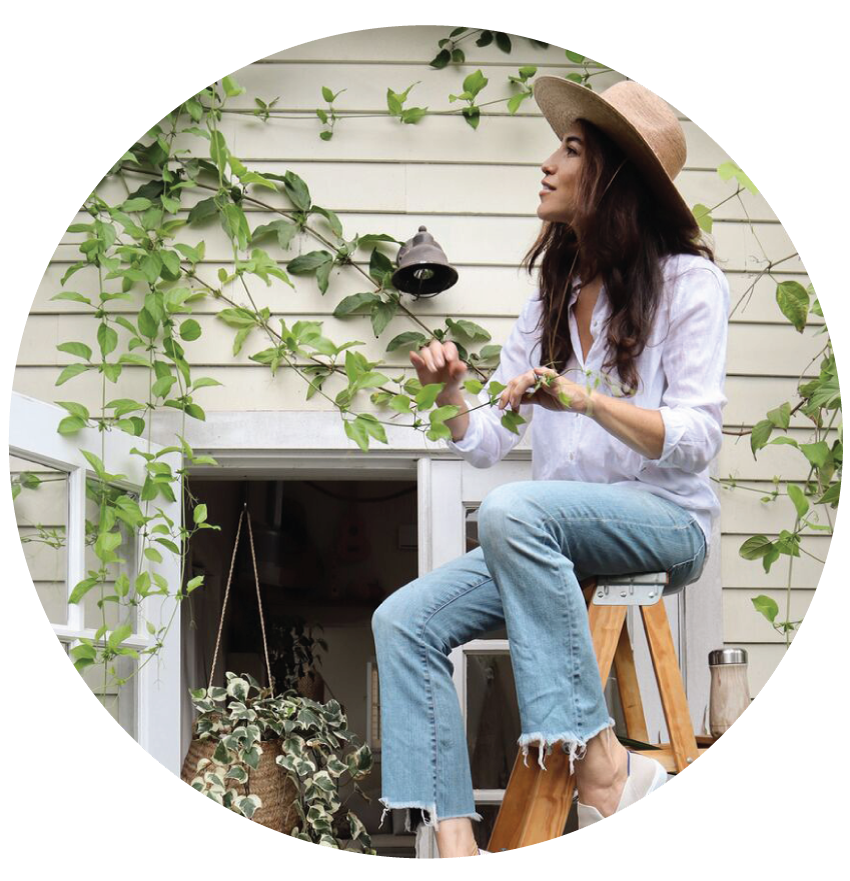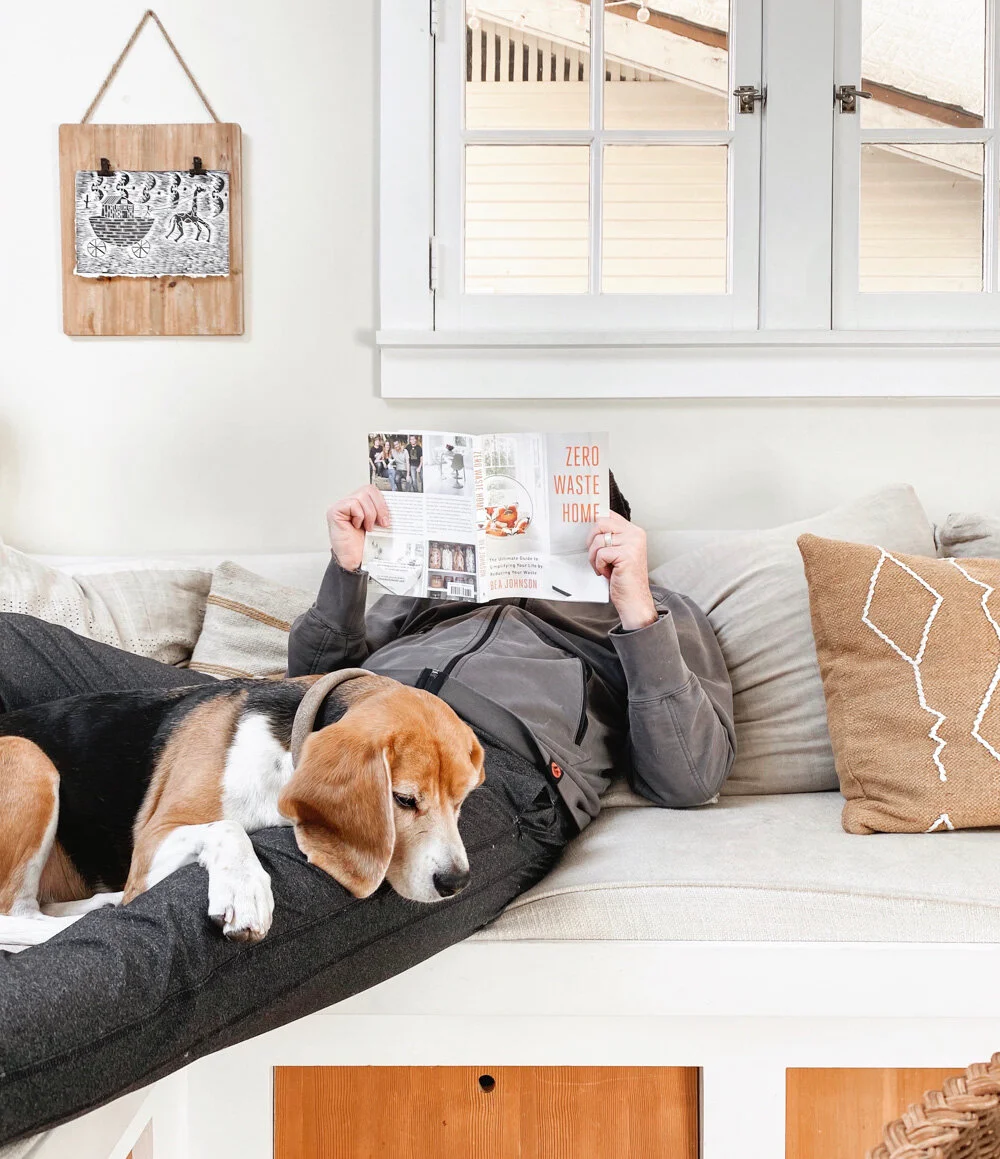Interior Decor x Sustainability
The intersection of interior design and sustainability has increasingly been on my mind.
I’ve recently found myself turning almost entirely away from freshly manufactured goods— even those made with renewable resources— and returning instead to vintage, repurposed and found objects.
The tug in this direction is, of course, partially due the environmental footprint associated with creating new items. But it’s also a result of being uninspired by seeing the same designs seemingly on repeat for years in the digital and physical worlds.
Even if a place that’s cobbled together with vintage goods isn’t exactly my style, I appreciate its originality, and the limitless number of unique permutations a space designed with a wide array of pre-loved items can take.
As it pertains to this topic, I was particularly roused by three moments over the weekend:
• I gave my son a small vintage wooden wishing well that I found on Etsy. The piece is a bit of a mess, with exposed, dried glue and wonky hardware, but West is enamored with it all the same. I used some pliers to swap out the rope that came with the well, replacing the accessory with an old garden chain and hook. I added a “bucket” made from a stainless steel creamer cup wrapped in a rubber band, and thus far, this delightfully pell-mell contraption has kept my son engaged in HOURS of imaginary play. And weirdly, it’s quite pretty.
• I indulged in reading The Foraged Home, and found myself reveling in every out-of-the-ordinary detail. Not only did I admire the artistic designs showcased on the pages, but I also appreciated the accessibility of many of the spaces. Here in Los Angeles, buying vintage furnishings and accessories can often cost more than buying new, which makes second-hand shopping prohibitive for many (if not most). This book was a spirited reminder that “found” can just as beautiful as “sourced” if we take our time, and if we approach our spaces with pared down needs and expanded creativity.
• Suay Sew Shop, a local business that uses repurposed and deadstock textiles to craft their designs, posted this photo on Instagram, and part of their caption read: “Developing sentimental attachments to material things is something we have worked against, except now we might have to reinvent what that means. Loving our clothes, making them last along with our daily adventures in life will in fact improve the health of our planet. Being so disconnected to something that took our planet’s precious resources to create isn’t an option anymore.” The balance between not getting too invested in our belongings versus valuing and loving what we do have (and keeping items out of the waste stream) is something I’ve been considering in depth— especially since decluttering is a topic I’m often asked about.
I agree with Suay's caption, and look forward (with excitement for the shift and anxiety over the urgency) to seeing where that takes us in the months and years to come.
These moments all reminded me that heart, resourcefulness and imagination are major elements of what drew me to the tiny life so many years ago.
Today, the evolving overlap of small space living and greener living remains one of my greatest inspirations, interests, and joys.




















